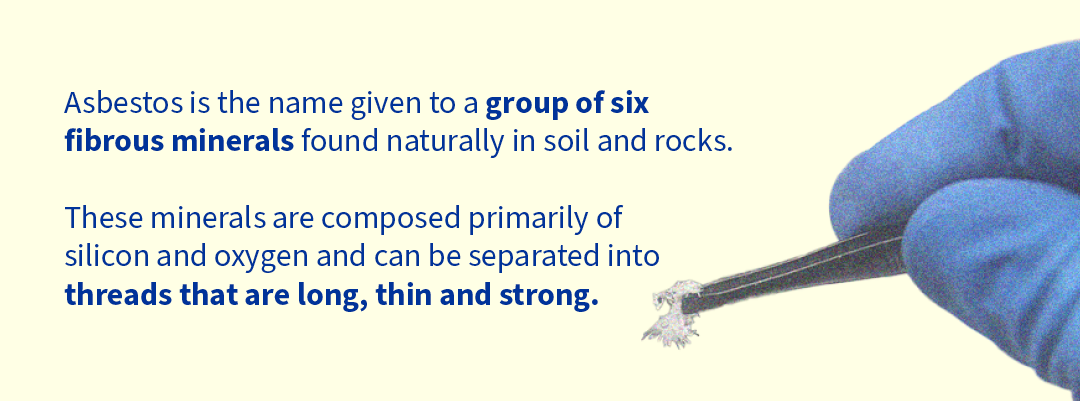Asbestos is a naturally occurring mineral that was widely used in construction and manufacturing from the early 20th century until the late 1980s. Despite its widespread use, it was later discovered that asbestos exposure could lead to serious health problems, including mesothelioma, lung cancer, and asbestosis.
First responders, such as firefighters, police officers, and paramedics, are often exposed to asbestos in the course of their duties. This exposure can occur during fires, natural disasters, and other emergencies where asbestos-containing materials are present. The impact of asbestos on first responders is a serious concern, and it is important to understand the risks and take steps to protect these workers.
The Health Risks of Asbestos Exposure
Asbestos exposure can lead to a variety of health problems, including mesothelioma, lung cancer, and asbestosis. These diseases can take years or even decades to develop, and the symptoms can be difficult to detect until the disease has progressed to an advanced stage.
Mesothelioma is a rare form of cancer that affects the lining of the lungs, heart, or abdomen. It is almost exclusively caused by exposure to asbestos. Symptoms of mesothelioma can include chest pain, coughing, shortness of breath, and fatigue.
Lung cancer is also a serious concern for individuals who have been exposed to asbestos. This type of cancer can develop years after exposure to asbestos, and it can be difficult to diagnose in its early stages. Symptoms of lung cancer can include a persistent cough, chest pain, and difficulty breathing.
Asbestosis is a chronic lung condition that can develop after prolonged exposure to asbestos. It can cause shortness of breath, chest pain, and a persistent cough. Asbestosis can also increase the risk of developing other respiratory diseases, such as lung cancer and mesothelioma.
Protecting First Responders from Asbestos Exposure
Given the serious health risks associated with asbestos exposure, it is essential to take steps to protect first responders from this dangerous substance. Some key measures that can be taken include:
- Providing Personal Protective Equipment (PPE): First responders should be provided with appropriate PPE, such as respirators and protective clothing, to minimize their exposure to asbestos.
- Conducting Hazard Assessments: Before entering a potentially hazardous environment, first responders should conduct a hazard assessment to identify any potential sources of asbestos exposure.
- Training: First responders should receive training on the risks associated with asbestos exposure and how to properly use PPE to minimize their exposure.
- Decontamination: After exposure to asbestos, first responders should be decontaminated to prevent the spread of asbestos fibers to other areas.
The Importance of Early Detection and Treatment
Early detection and treatment are key to improving the prognosis for individuals who have been exposed to asbestos. It is important for first responders who may have been exposed to asbestos to receive regular medical checkups and to report any symptoms to their healthcare provider.
If a first responder is diagnosed with an asbestos-related disease, it is important to seek treatment as soon as possible. Treatment options may include surgery, chemotherapy, and radiation therapy.
Conclusion
Asbestos exposure can have serious health consequences, and first responders are at an increased risk of exposure due to the nature of their work. It is important to take steps to protect these workers from asbestos exposure, including providing appropriate PPE, conducting hazard assessments, and providing training.
If you are a first responder who may have been exposed to asbestos, it is important to seek regular medical checkups and report any symptoms to your healthcare provider. Early detection and treatment can improve the prognosis for asbestos-related diseases.





Leave a Reply